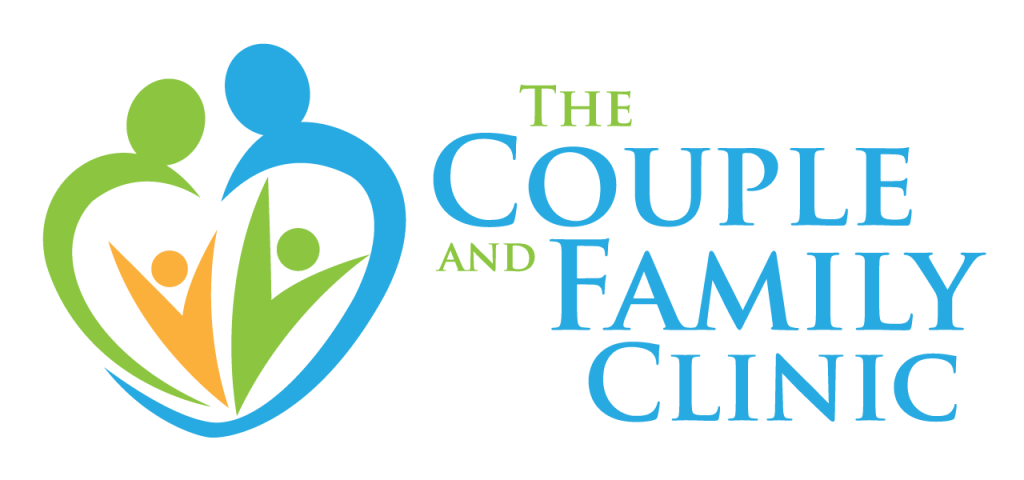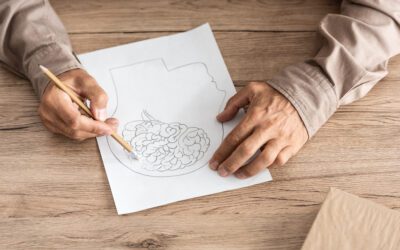Recently, I have been experiencing something that I have not encountered in a while: intense negative self-talk. Don’t get me wrong; I almost always have some little voice that tells me what I’ve done today wasn’t enough, etc. But recently, that little voice has grown louder and more dominant. Over the course of three weeks, I slowly uncovered these thought patterns and began to learn more about what I needed: emotionally, cognitively, physically, intellectually, and spiritually. I sought: Awareness, Empathy, Identification, Openness, and Understanding or AEIOU for easier recall.
Awareness: Trace the Thoughts
Watching my thoughts and noticing thought patterns are tools I learned through mindfulness practices. I think there is a misconception that mindful meditation is a way to stop the mind from running, but it’s really a tool to watch the mind with more awareness than ever before. You learn to notice similar thoughts and feelings emerge. If you can remove yourself enough to get curious, then exploration doesn’t have to be scary. “Awareness almost always comes before change,” Robin wrote in his blog post on resilience. Determined to understand, I wrote down my thoughts daily, for one week, without the attempt to change or fix them; I just watched.

Empathy: Reach for Understanding
After seeing my thoughts in writing, I needed to be really gentle with myself. As recommended by Richard Roth, LCSW-C, empathy is not about fixing or reframing; it is about being with someone who simply needs to be heard and seen, without judgement, precisely where they are in that moment. I began to see some of the same messages over and over again—and they were not what I expected. In my listening, I realized that there were thoughts that I had consistently ignored for years. Sometimes just writing them down brought tears to my eyes. It felt like being seen for the first time in years; it was self-compassion. I had always pushed depressive symptoms away, far too terrified of the darkness to even begin to understand why I felt this way. The initial thought patterns were all harshly critical of me and what I did or didn’t do, said or didn’t say, felt or didn’t feel. While it is far too intimate to share them all in this space, I will share two general sentiments I felt were particularly powerful:
“Why can’t you be more disciplined? Daily yoga. Better diet. Accomplish more each day.”
“Why can’t I do whatever I want? Sleep all day. Eat everything. Do nothing.”
Identification: Uncover the Thought Root
Listening to my thoughts with compassion gave me a better idea of where these ideas come from—and how they came from two very different understandings of what I should be doing and how I should be doing it. I did notice, however, that the thought I most identified with was the second one: I used “I” in the subject of those sentences. The other thought pattern was consistently external, addressing me as “you.” So, one thought was telling me to “Do more!” and another was responding, “I don’t want to do anything!”

Openness: Reframe the Thought
Seeing the stark contrast in these thought patterns helped me to see that I was paralyzed by these internal scripts. I know that I feel good when I do good work (either at my job or in taking care of home and maintaining my relationships) but I was really challenged by a lack of motivation and a crippling procrastination. Once again, I considered: Whose voice is that? Is it really mine? Where else could these messages be coming from? Depression and the anxieties of the pandemic had limited me in a number of ways. I did want to get better, to climb out of the hole, but I was having a hard time finding my footing. The longer I struggled, the louder the voices got. I had hoped to use the time in lockdown and at home to do so many things I claimed I never had the time to do. Now I was realizing I didn’t really want to do them. I didn’t really want to read books all day, or actually learn how to cook, or be that ambitious, etc. And that was hard to face, over and over again, as aspects of my identity withered away. It also created an opportunity: well then, who am I? And that’s a blog for another day.

Understanding: Know the Human Brain
Depression
Conflictual self-talk is a common symptom of depression. I often find that when I experience depressive symptoms I hear thoughts that can only be described as coming from somewhere else. Not in a paranoid or delusional way, but similar to how I might second-guess myself based on something my parents taught me, like an internalized script from childhood: “. I hear these thoughts and—if I have enough awareness and strength—I am able to think, “Where is that coming from?” Given that my depression has been worse in the last 10 months than perhaps ever before, it makes sense that the harmful self-talk could be an accompanying symptom. It’s not me; it is my depression.
Negativity Bias & Stress Response
It does give me some peace to remember that I am not my thoughts, but I still needed to figure out a way to gain some control over my self-talk and be more real with myself. Over the years I’ve gotten better at reminding myself, “You are not your thoughts. You are not your feelings.” But they never entirely go away. Our brains are simply wired in a way that leads to negativity bias. Our survival is dependent upon searching for possible threats and avoiding them. The problem is, our emotions and stressors produce the same kinds of stress response that being chased by a wild boar once did. Learning how to complete the stress cycle and better regulate your nervous systems can be impactful steps in reducing stress, increasing resilience, and slow the mind running.
Ahimsa, “Do no harm,” and The Golden Rule
There is a concept that is found in nearly all spiritual and philosophical traditions: do no harm. In the world of medicine, practitioners take the Hippocratic Oath vowing to “first, do no harm”; in the East a dominant guiding principle in Hinduism, Jainism, and Buddhism is ahimsa, which means non-violence or non-harming; Christianity’s golden rule operates under the assumption that we treat ourselves with love, and thus should do the same for our neighbors.
And yet, somehow we have created a culture in which self-care is touted and self-flagellation is also glorified. I see it in business, education, academia, healthcare, you name it. The more we sacrifice our personal wellbeing for success, it seems, the more we are lauded for accomplishing what no human being should be expected to achieve in that time. All of this work with my internal dialogue led me to realize: the me that knows these expectations are preposterous is constantly at odds with the me that wants to succeed, be admired, be loved. And it is exhausting. The purpose of self-care is to return to the self, to turn inward and get in touch with what you really need, want, think, and feel. AEIOU is the most powerful form of self-care I have practiced.

Depression and the pandemic have given me the incredible gift of ahimsa. By helping me see who I’m not, I can begin to uncover who I am. So, before I write my To-Do list, before I compare myself to others, before I commit to one more thing, before I ask myself to do difficult, emotional work, I must first do no harm to myself. My mental health and overall wellness is more important than anything; being myself is the goal. So, when I get to a place where my daily thoughts, feelings, and behaviors are contributing to my authenticity, contentment, and long-term growth, then I can look beyond myself to see what I can do.




